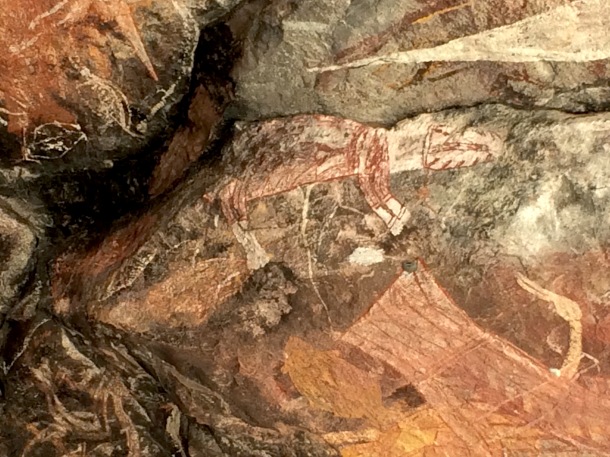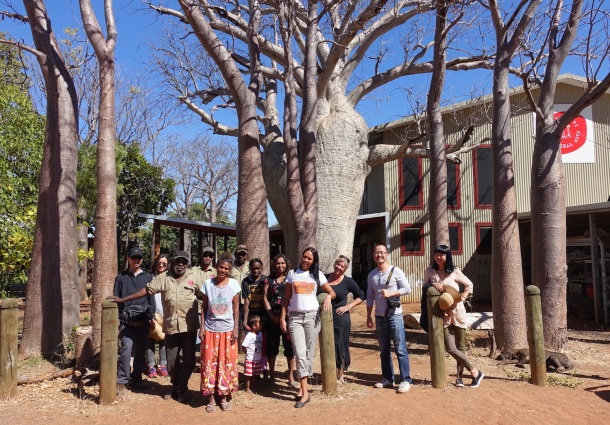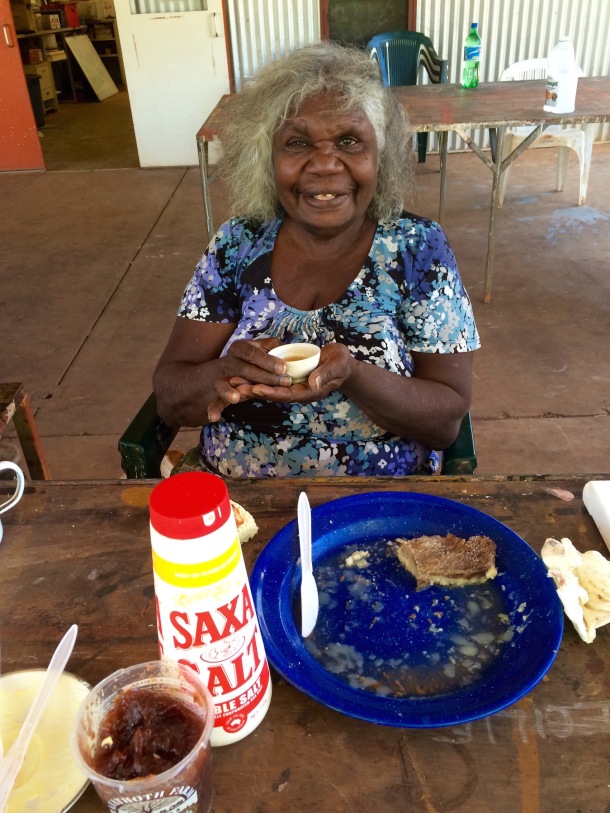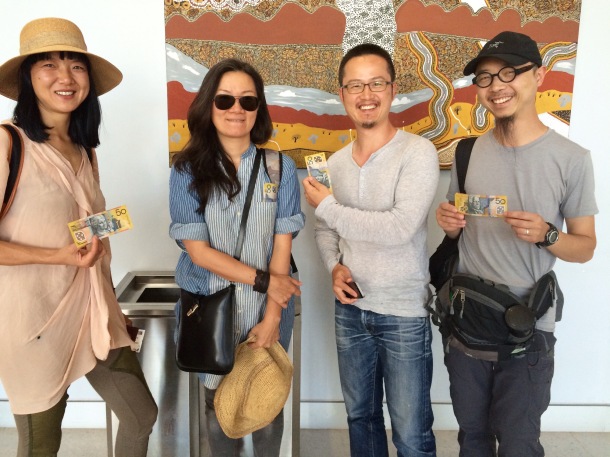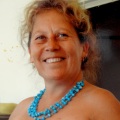“Are there many tigers?” he asked, nervously fingering the thin nylon of the dome tent. We had just set up for our first ‘bush camp’ at Merl in Kakadu and the bright sun was beginning to slip behind the pandanus. Tomorrow, at dawn, we would cross the great greasy crocodile infested river into Arnhem Land, tonight we would take torches to look for their shining red eyes ..
My journey began ten years earlier during a trip to Beijing. I had been invited to view an important exhibition of calligraphy at the National Art Museum of China. Hall after hall filled with elaborately decorated scrolls, the pinnacle of 5,000 years of culture and yet, I realized with some surprise, that I was unable to appreciate them.
I simply did not have the life experience to ‘read’ them…
Over the next five years I entered a period of intensive self education, travelling thousands of kilometres solo across the length and breadth of China exploring & documenting Chinese Culture.
I observed others working hard to build an appreciation of Australian Indigenous art and culture in China, often hosting large exhibitions but failing to provided the ‘tools’, the context required to help these new audiences interpret the work.
We needed to do more …
During my travels, I‘d met extraordinarily innovative Chinese individuals and organisations that share my commitment to international cultural exchange and knew it was important to work closely with these organisations to develop collaborative programs of cultural engagement.
We were determined that these programs would be reciprocal and that the individuals who supported our tours to China would in turn be invited to visit Australia.
So, in 2011, we established the inaugural Australia China Curatorial Exchange Program inviting Chinese curators to visit Australia with a view to developing their appreciation of Australian art, Indigenous culture and Australian curatorial practices.
This, in turn, generated new opportunities for Australian artists in China:
- Huang Yunhe hosted Waringarri Arts “Our Living Land’ – an exhibition of work by leading East Kimberley artists at his OFOTO Gallery in Shanghai.
- Professor Fan Lin from Guangzhou Academy of Fine Art initiated ‘Yiban Yiban – Yellah Fellah’ featuring Australian artists who were exploring their mixed Indigenous and Chinese heritage.
- Luo Fei at TCG Nordica, Kunming prepared special programs of activities including joint forums for local Naxi, Miao, Bai, Yi and Akha ‘Minority Group’ artists to share their stories with visiting Australian artists.

Agnes Armstrong, Peggy Griffiths, Cathy Cummings and Dora Griffiths ‘dancing’ at their opening at OFOTO Gallery M50 Shanghai – April 2013
We had spent four years carefully planning our Australian road trip, working with Injaluk Arts (Oenpelli), Djilpin Arts (Beswick), Mimi Arts (Katherine) and Waringarri Arts (Kununurra) developing the mutual respect and trust required to ensure its success.
And now, finally, after receiving vital support from the Australian Embassy in Beijing, our carefully selected group of innovative young Chinese curators sat with Thompson Nganjmirra, high on Injaluk Hill, looking out over the flood plains as he pointed to outstations and explained the importance of ‘country’ and connection to land.
During the morning we explored burial caves and marveled at the myriad of ancient rock paintings, teasing out the thick layers of images laid down over millennium. Utilizing the long extinct Thylacine (Tasmanian Tiger) to demonstrate the extraordinary age of the work and the various ‘mimi’ and creation beings to explain ‘lore’ and beliefs.
To assist our visitors to understand the extraordinary diversity of Indigenous peoples and cultures which exist across Australia, we built upon their knowledge, drawing parallels between the 56 ‘minority groups’ in China and the 260 individual Aboriginal language groups which inhabited the country when white settlement began.
We had begun our tour at the Darwin Aboriginal Art Fair meeting representatives of 40 Indigenous Art Centres, exploring concepts including oral history, songlines and ‘dream time’. Here the exhibits clearly demonstrated the diverse ways in which indigenous images and stories have been modified to create contemporary artwork and some very stunning merchandise!
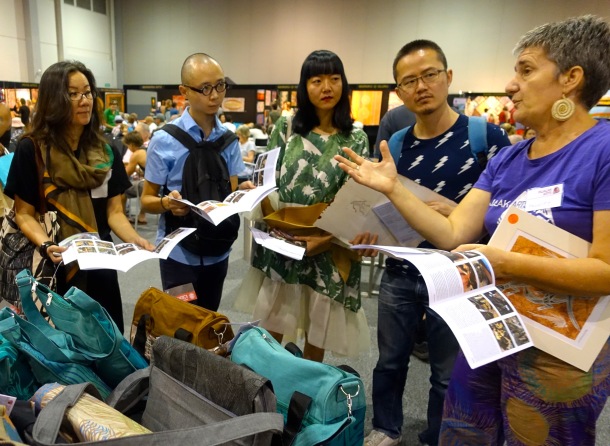
Chinese Curators learn about Indigenous Cultural Enterprize from Felicity Wright, Manager Injaluk Arts at the Darwin Aboriginal Art Fair
In Katherine we explored Nitmuluk and visited Djilpin Arts where Tom E Lewis discussed the importance of collaboration and shared history, telling stories of Maccassan traders, intermarriage and early Chinese settlement.
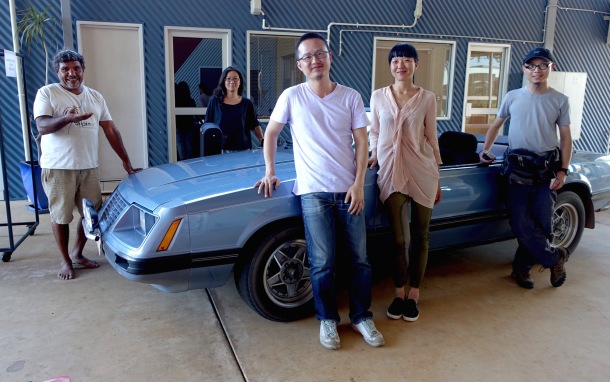
Tom E Lewis meets with Fan Lin, Huang Yunhe, Liu Lifen and Luo Fei to discuss collaborative opportunities for Djilpin Arts, Beswick
As our journey continued from the rocky escarpments of the stone country across spinifex plains dotted with boabs to Keep River National Park the questions became more complex, seeking clarity. Here they listened carefully as traditional owner Peggy Griffiths and her family travelled with us through her country sharing stories about her mother, visiting rock shelters and gathering bush food and medicine.
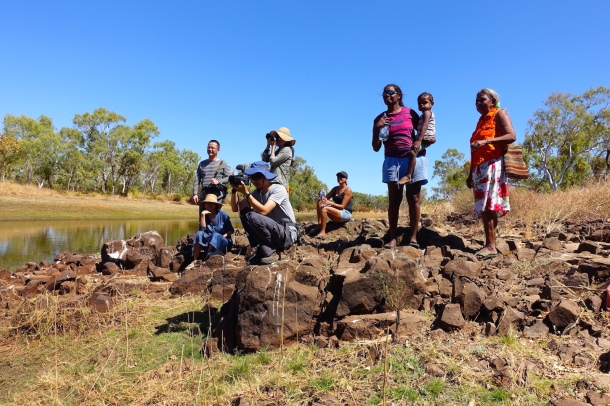
Learning about ‘country’ with (from right) Peggy Griffiths her grand daughter Kelly, great grandson Ace and Nawoola at Keep River National Park
Then across the border to Kununurra – we had traveled over 1,500kms
Full circle! Our visitors now confidently discussing diversity, sharing empathy and demonstrating understanding. Our new Chinese ambassadors for Indigenous culture!
‘Ahh you came, my China friend’ exclaimed Aboriginal elder, Agnes Armstrong as she and Dora Griffiths welcomed our guests with a special water blessing before settling around the table together for a Chinese Tea ceremony, with fresh baked damper!
* The Chinese Curators Top End Road Trip was managed by Cultural Partnerships Australia and sponsored by DFAT through the Australian Embassy in Beijing
Catherine Croll
Founding Director – Cultural Partnerships Australia
https://catherinecroll.com/cultural-partnerships/
